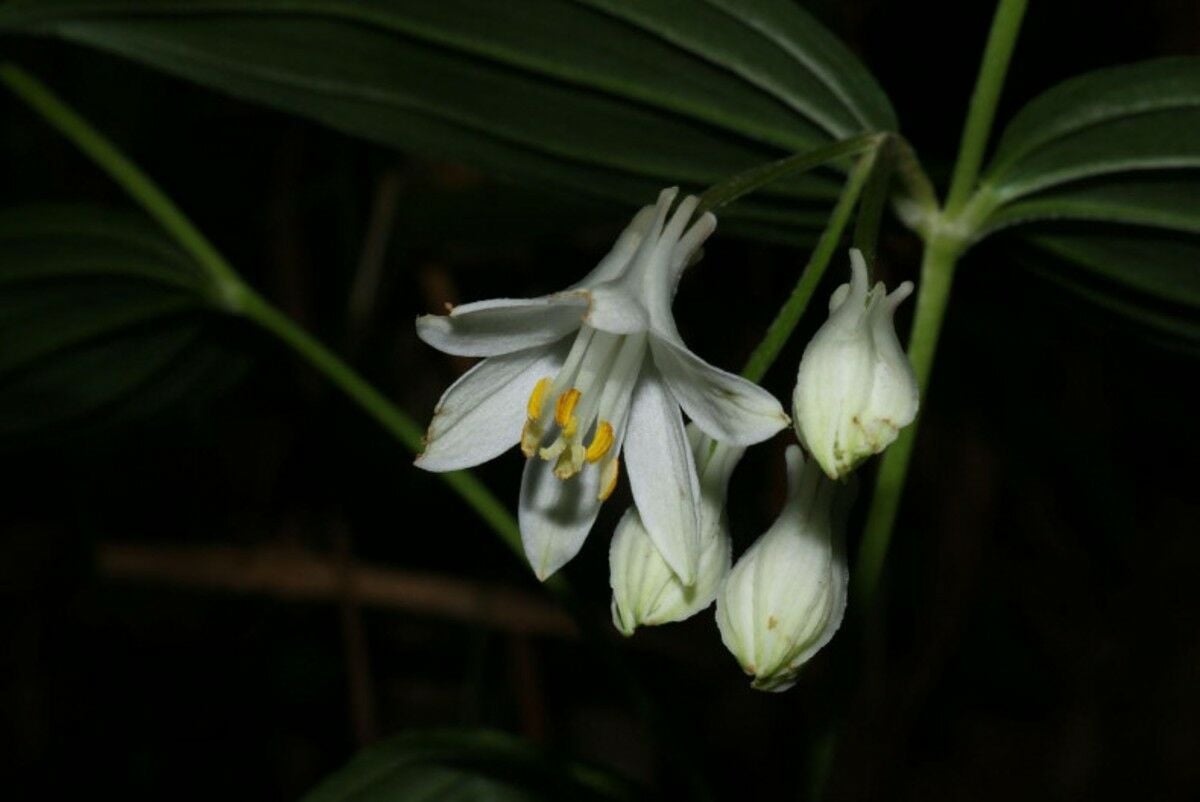Researchers discover four new plant species in northern Thailand

Researchers have identified four new plant species in northern Thailand, showcasing the nation’s rich biodiversity. The Department of National Parks, Wildlife and Plant Conservation (DNP) announced the findings, which were made by the department’s researchers in collaboration with botanists from Kasetsart University and Trinity College Dublin in Ireland.
Attapol Charoenchansa, the department’s chief, stated that the discoveries were part of the Flora of Thailand project. This initiative brings together local and international botanical researchers to survey and document new plant species across the country.
The research teams focused their exploration on the mountain evergreen forests of Chiang Mai, Lamphun, and Phitsanulok provinces. According to Attapol, the discovery of these four new species within the Disporum genus represents a significant achievement in the field of botanical research, setting a new world record for plant species identification.
The first species, Disporum chiangdaoense Sarapan & Suwanph, was discovered in the Chiang Dao Wildlife Sanctuary in Chiang Mai. This herbaceous plant grows to 94 centimetres tall and features a succulent trunk with purple flowers.
In Lamphun province, researchers found Disporum dorsifixerum Sarapan & Suwanph. This species is also herbaceous, reaching a height of 160 centimetres, with a succulent trunk and pink flowers.
The third species, Disporum phuhinrongklaensis Sarapan & Chamch, was located in both Chiang Mai and Phitsanulok provinces. This herbaceous plant grows to a height of 105 centimetres and bears white flowers. It is named after Phu Hin Rongkla National Park in Phitsanulok where it was found.
The final species, Disporum scabridum Sarapan & Hodk, is unique for its location at altitudes of 800 to 1,000 metres above sea level in Phitsanulok. This herbaceous plant reaches a height of 100 centimetres and displays red flowers, reported Bangkok Post.
Attapol noted that researchers have also discovered other new plant species in Thailand.
“At least six of the 24 species from the Disporum genus have been published in the prestigious journal Bluemea.”
Frequently Asked Questions
Here are some common questions asked about this news
Why is the discovery of new plant species in Thailand significant for global biodiversity?
It enhances our understanding of plant diversity and highlights the need for conservation of unique ecosystems.
How do international collaborations contribute to botanical research in Thailand?
They bring together expertise and resources from diverse institutions, leading to significant discoveries like the new Disporum species.
What if the newly discovered plant species had not been found? How would that impact conservation efforts?
Unidentified species might face greater risks of habitat loss and extinction, underscoring the importance of ongoing research.
What challenges do researchers face when exploring northern Thailand’s mountain evergreen forests for new species?
They encounter difficult terrain, climate conditions, and the need for precise identification and documentation of plant species.
How might the discovery of these new Disporum species influence future botanical research in Thailand?
It sets a precedent for further exploration and may attract more funding and interest in preserving Thailand’s rich plant biodiversity.
Latest Thailand News
Follow The Thaiger on Google News:


























